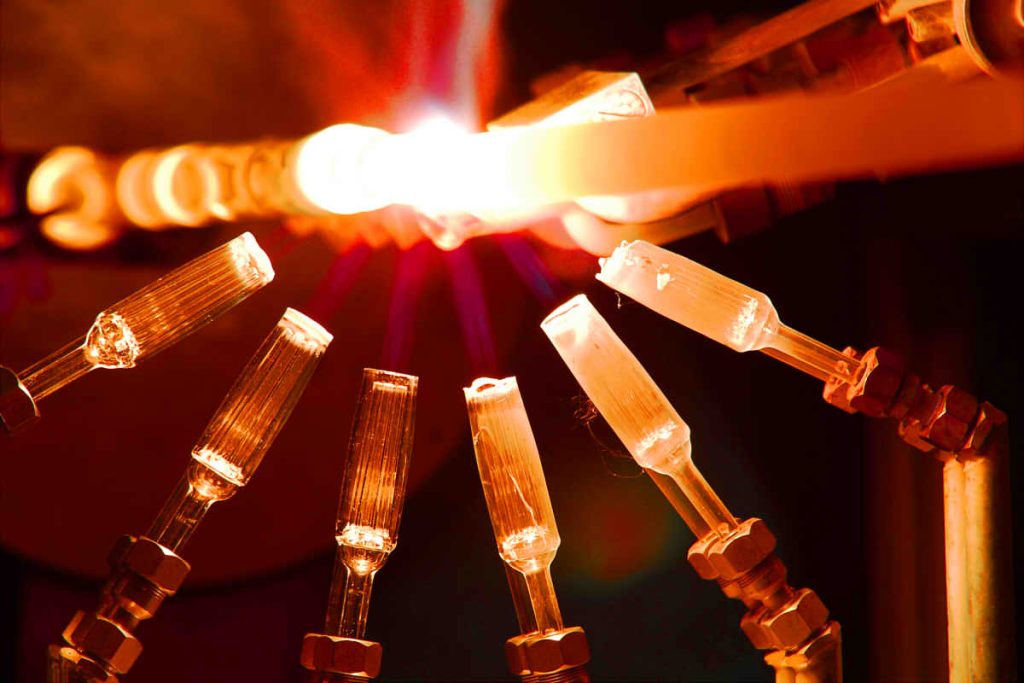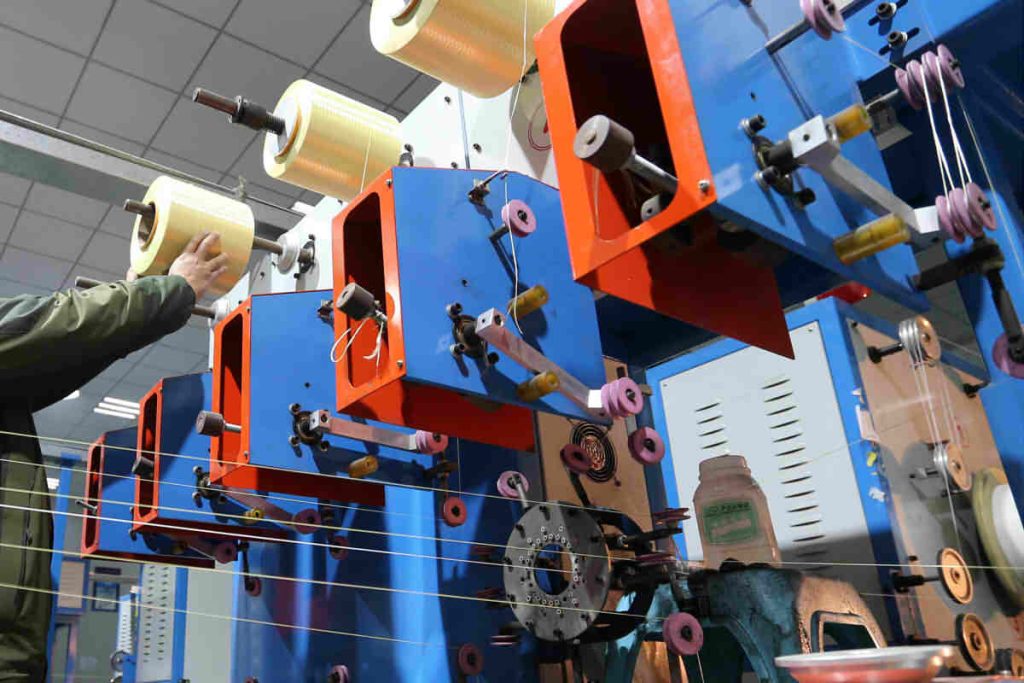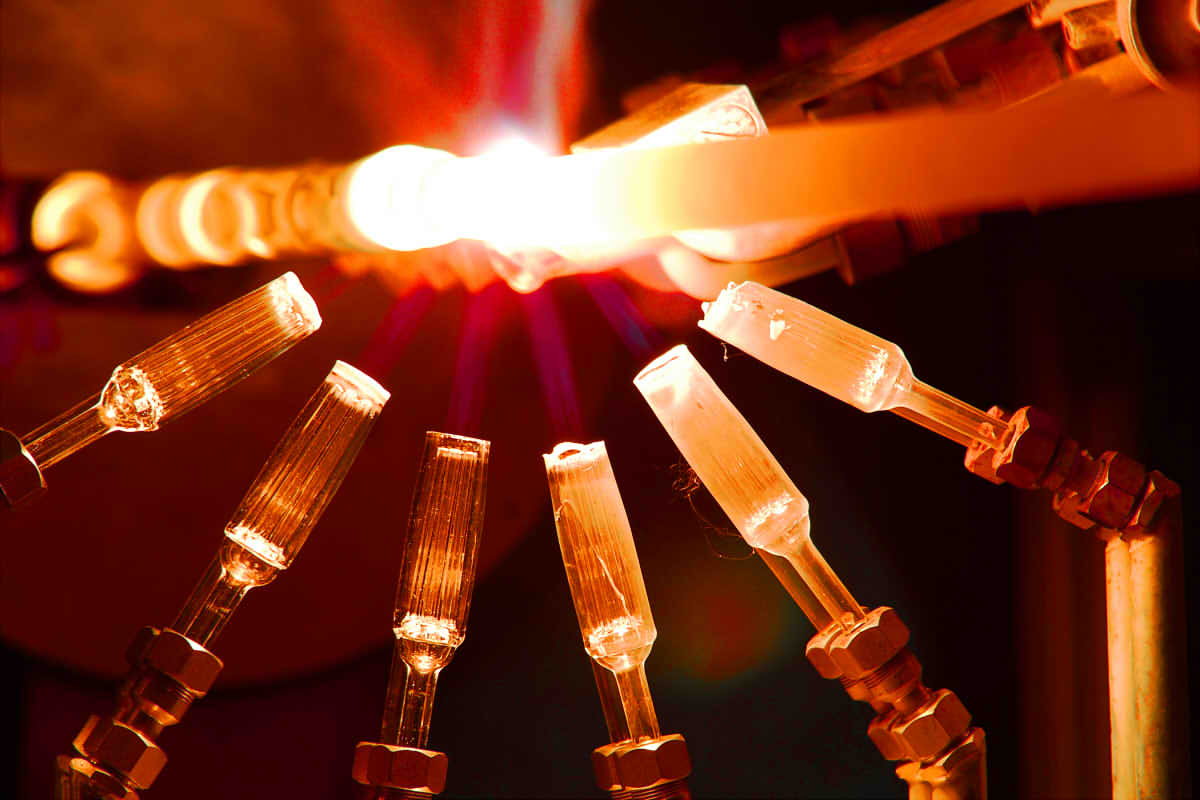Fiber optic cables are essential components in modern communication infrastructure.. Their ability to transmit data at impressive speeds and over long distances has made them a preferred choice for a wide range of applications., from high-speed networks to long-distance data transmissions. But, How is the cost of fiber optic cables calculated??

Table of Contents
- The Cost of Fiber Optic Cables
- Fiber Optic Cable Manufacturing Cost Structure
- Advantages and Disadvantages of Fiber Optic
- Advantages and Disadvantages of Conventional Cables
- Applications of Fiber Optic and Conventional Cables
- Conclusion
The Cost of Fiber Optic Cables
The cost of a fiber optic cable is made up of several essential elements. Here is the basic formula to calculate it:
Fiber Optic Cable Cost = Fiber Optic Price x Cable Length x Cable Specifications + Installation costs
We are going to analyze each of these components in detail.:
1. Fiber Optic Price
The price of fiber optics is one of the key factors affecting the total cost of the cable. Different types of optical fibers have significantly different prices. Usually, Low-loss single-mode fiber tends to be more expensive than multimode fiber. To get an accurate cost estimate, it is necessary check the prices of optical fibers and select the right fiber optic for your needs.

2. Cable length
Cable length is another determining factor in total cost. The greater the distance the cable must cover, more fiber optics will be required, which will increase the cost. Before designing the installation, It is essential to accurately measure the length of the line to determine the length of the cable and, consequently, on cost.
3. Cable Specifications
Cable specifications also influence cost. These specifications include the number of cores and the wire diameter size. If you need to transport large amounts of data, You will need to opt for a cable with higher specifications, which will increase the cost.
4. Installation Difficulty
The difficulty of installing fiber optic cable is another factor that directly affects the cost.. If the installation environment is complicated, installation difficulty will increase, which will require more labor, materials and time, Y, Thus, will increase the total cost.
Fiber Optic Cable Manufacturing Cost Structure
The cost of manufacturing of fiber optic cables It is mainly composed of three elements:
1. Material Costs
Material costs account for the majority of fiber optic cable manufacturing costs, generally more than 70%. This is mainly due to the materials used in the cable jacket., especially the PE cover material, which is usually the most expensive component. Besides, other materials such as steel wires, steel and aluminum strips, PBT and oil can also influence the cost of production.
2. Costs of Labor
Labor costs are another significant part of fiber optic cable manufacturing costs.. They involve the work necessary to manufacture and assemble cables efficiently and accurately.

3. Quality Costs
Quality costs are the costs associated with ensuring the quality of products. fiber optic cables. This includes testing and verification to ensure cables meet required quality standards..
Advantages and Disadvantages of Fiber Optic
Advantages of Fiber Optic
Fiber optics offer a number of key advantages:
- High Transmission Speed: Fiber optics allow data transmission at extremely high speeds, making it ideal for applications requiring fast data transfer.
- Long Transmission Distance: Can transmit signals over long distances without significant loss of signal quality.
- Signal Stability: Fiber optic signals are immune to electromagnetic interference, ensuring stable signal quality.
- Resistance to Extreme Conditions: Optical fibers can operate reliably underwater and in high altitude environments.

Disadvantages of Fiber Optic
Nevertheless, There are also some disadvantages to consider:
- Relatively high cost: Fiber optics can be expensive compared to cabling alternatives.
- Light Sensitivity: The optical fiber is sensitive to light and can be affected by intense light sources.
- Loss in the Field: In difficult installation environments, Fiber optic loss can be higher and repair can be complicated.
Advantages and Disadvantages of Conventional Cables
Advantages of Conventional Cables
Conventional cables also have their own advantages:
- Lower Cost: Conventional cables are usually cheaper compared to fiber optics.
- Ease of Repair: In case of failure, conventional cables are often easier to repair.

Disadvantages of Conventional Cables
Secondly, conventional cables have disadvantages:
- Lowest Transmission Speed: Data transmission speed is generally slower compared to fiber optics.
- Less Signal Stability: Conventional cables are more susceptible to electromagnetic interference.
- Distance Limitation: Effective transmission distance is shorter compared to optical fiber.
Applications of Fiber Optic and Conventional Cables
Fiber optics and conventional cables are used in different contexts according to their characteristics and advantages:
- Optical fiber: Due to its high transmission capacity and signal stability, It is widely used in high-speed networks and long-distance transmissions. This includes applications in communication rooms, television stations, hospitals and other environments requiring reliable long-distance data transmission.
- Conventional Cables: Los Conventional cables are more suitable for applications short distance where cost is a critical factor. They are used in a variety of everyday applications, such as electrical and data cables.
Conclusion
In summary, The cost of fiber optic cables is calculated based on several key factors, like the price of fiber optic, cable length, cable specifications and installation difficulty. While fiber optics offer significant advantages in terms of transmission speed, transmission distance and signal stability, It is also important to consider its higher cost and light sensitivity. conventional cables, on the other hand, They are cheaper but offer more limited speeds and transmission distances. Choosing between these two types of cables will depend on the specific needs of your application..

